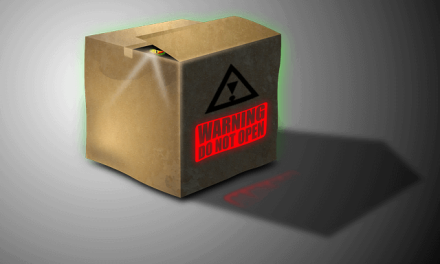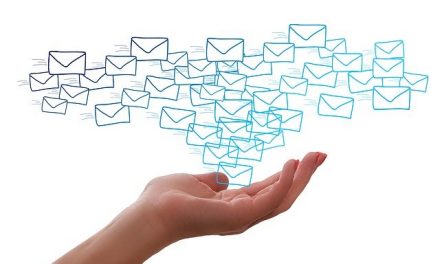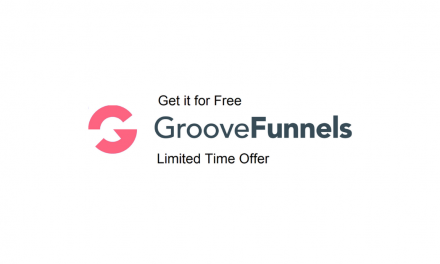What is persona marketing?
In marketing terms, a persona is a semi-fictional representation of ideal customers that help guide your decisions and focus your efforts on serving the right people well.
You can think of a persona like a pen portrait that captures the motivations, frustrations, and, ultimately, explains the essence of who they are.
The goal is to allow you, the affiliate marketer, to see the world through the customer’s eyes and not just your own.
Used correctly, a good persona will accurately display the type of person who will click through and buy the product on offer.
The persona can assist and guide you in every aspect of the user journey, from the design of your website or landing pages to the language you use to capture and hold their attention.
The simplest way to think of personas is this: the better you know what your customer wants, the more you can offer them the things they want, and the less you have to ‘sell’ them on the product your offering.
You can learn how to create a detailed customer profile by reading this article: Making Sales Is Easy When You Have A Targeted Customer Profile.
Pros & Cons of Personas
Potentially, the biggest sin affiliate marketers commit is not fully embracing the persona.
So every decision you make is guided by who the persona is. The moment we forget who we are creating our marketing for…
Is the moment we start creating content that we like, rather than content our customers enjoy and want to consume.
There is no hard and fast way to present a buyer persona, but there are certain criteria that you must include.
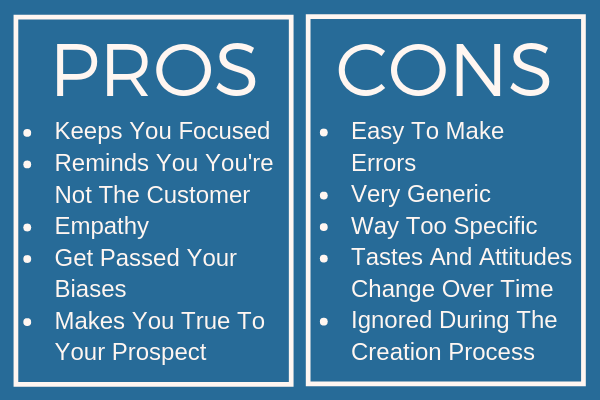
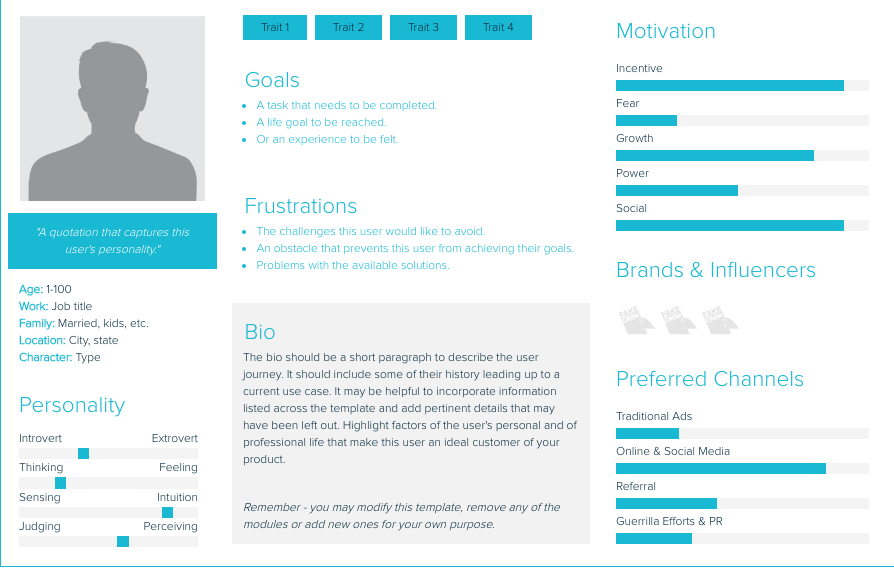
Image credit: X-tensio
What Can Go Horribly Wrong When Creating Personas?
Too much information… We’re not creating a persona that could rival a Charles Dickens character for detail. Instead, we are creating a tool to inform great marketing decisions.
Too long… A persona description should be long enough to create a vivid picture, but nothing more. If you have to keep reaching for your persona to remember some quirk or habit or accident they had in the 5th grade, then it’s probably too long.
Dull as dishwater… The ultimate goal is to create a persona document that anyone can read and instantly get a sense of what matters most to the person who it portrays.
Thinking it’s a shortcut… Without a genuine commitment to serving customer needs, a persona is almost useless.
Simply not true… If you’ve sat down and made up the persona from inside your own head, then the persona is not true. You must look at multiple data sources in order to create a rounded, semi-fictional persona of a person who has many traits in common with prospective buyers.
Check out this article on how to research what your customer really wants.
The User Journey
A user journey is a realistic and common path that your prospects may follow.
An example could be:
Browsing Facebook → Attention captured with the image or copy on your FB advertisement → Your Landing Page → Video Sales Letter → Offer Back End Funnel

The question to ask you, the marketer, is this: what emotion is the prospect feeling at each stage of the user journey?
Because the more in tune you are with how the prospect feels along the journey, the more targeted you can get with the language (copywriting) and images (design) you use as well as any user experience you provide.
Our video sales letter (VSL) is created to convert prospects into buyers, especially cold traffic. But prospects need to be walked hand in hand from your advertisement to our VSL. That means the prospect does not want any surprises.
They want to know what is coming next, and they want to feel like it’s worth giving up their time because they feel hope that what you’ve said might just be the solution to their problem or issue.
Take a moment to think about your prospect, what are they doing when they spot your advertisement on Facebook? By that, I mean in general, what are they doing? The answer is browsing. Let’s look at that in more detail.
There are a myriad of ways to use Facebook. You can search for something specific, or you can browse what is in front on you on your feed. The Facebook feed is much like a slot machine, people browse (or hunt) for a piece of content that’s of interest to them, and when they find it, their body releases a shot of dopamine, the happy hormone. That’s why we’re addicted to browsing the news feed.
So, we could say that people are not engaged until something engages them.
It’s the anticipation of finding some awesome piece of life-changing content that builds excitement to the point that when they do find something, they get rewarded by a hit of dopamine. What does this all mean for us?
For us as marketers, we need to provide something fresh, unique, and exciting for the non-engaged Facebook user to get that hit of dopamine.
If we say something they’ve heard before like, “how to get a boyfriend,” that probably won’t engage many people.
If we spice it up and say, a simple trick to getting a boyfriend, that might well engage more people.
And you can keep on refining those advertisements by looking at what others have done. Here are some examples: Facebook Ad Ideas.
By thinking this way, we are moving past the user journey and into the persona journey. We’re thinking like our prospect. If we have captured their attention and they click on the link in our advertisement, what are the next words they want to see and read on our landing page to keep them excited…
Or what is the next thing you can say to make them want to watch our high converting VSL?
Of course, what is laid out in this article assumes the direct marketing route. You can apply everything in this article to mapping out the persona journey if you have a website. You’d simply look at your Google analytics and figure out the entry & exit points, the pain points, the most consumed content, and what content is the final step before they click to go to the VSL.
Resources:
Here are 100 questions to ask while creating your buyer persona.

